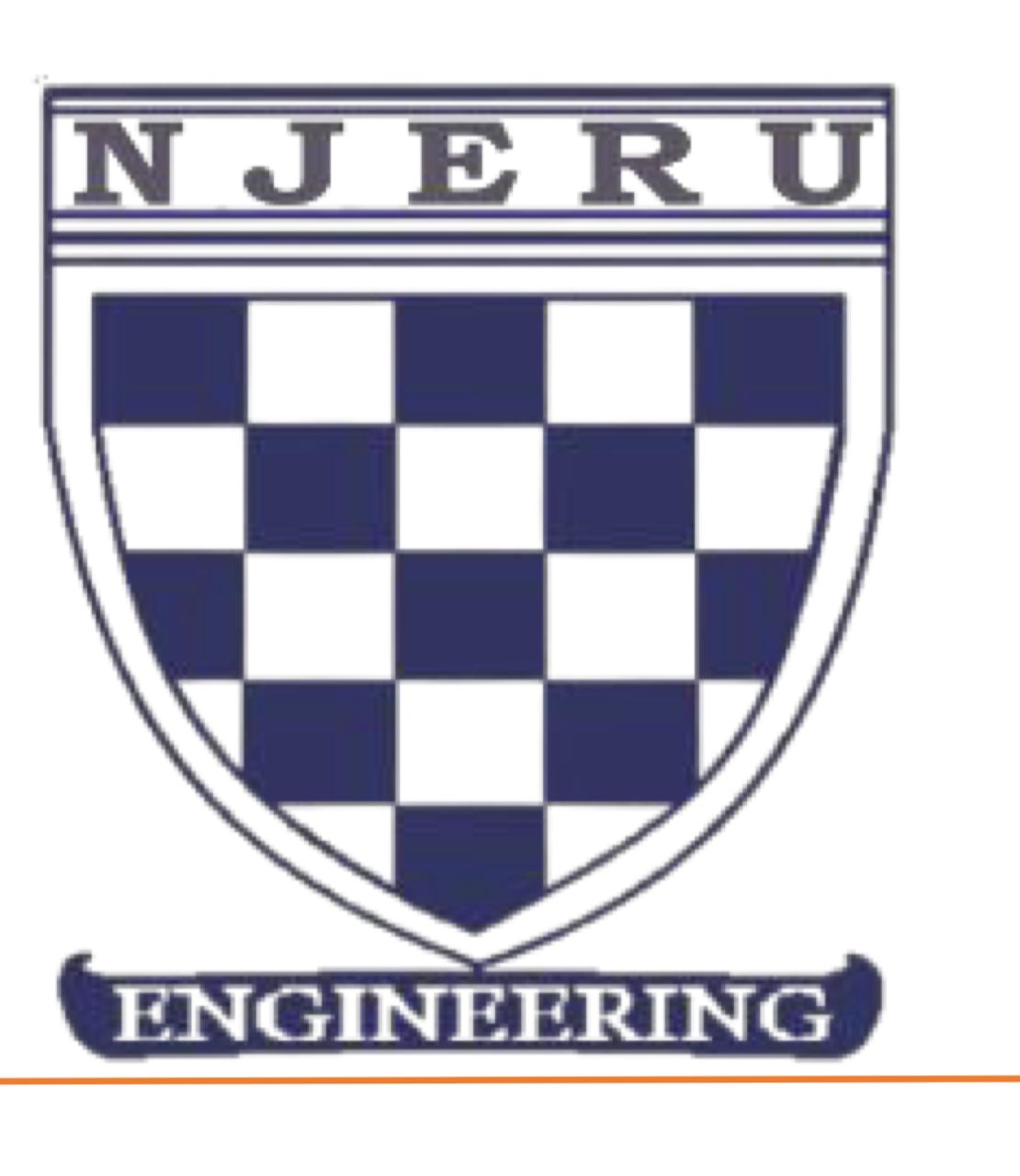Vol: 1 Issue: 1
Characterisation and Utilisation of Coir Fibre as Reinforcement for Geopolymer Composite
Akpan, Ukeme Enoh, Enoh, Maria Kaka Etete
1. INTRODUCTION
The usage of fibre-reinforced composites presents multiple advantages over conventional materials and has gained popularity in variety of sectors [1]. These composites add fibers to prevent cracking and increase ductility, which improves mechanical qualities including fracture toughness [2].
Geopolymers are generally made by mixing alkaline activator(s) with aluminosilicates source(s). The activators used are mostly obtained from silicates and hydroxides of alkali metals, though sulphates, aluminates and carbonates are sparingly reported [3]. The aluminosilicate sources on the other hand are gotten from either industrial by products or geological sources and the conventional ones used are clay, slag and fly ash [4]. Though the environmental impact of using clay compared to other industrial waste is lower, the availability of the industrial waste may not meet up with the demand especially in a large scale, thus the need to utilise the geological sources [5]. Geopolymers are known for their good mechanical qualities, robustness, and thermal stability, and have attracted a lot of attention. Their products have a lower calcium content than Portland cement-based materials, making them more acid-resistant and environmentally benign [6]. Natural or synthetic fibers are often added to geopolymers to further increase their strength. Particularly short fibers successfully enhance the mechanical and physical characteristics of geopolymer composites [2]. Although inorganic fibers like carbon or glass are often employed, natural fiber reinforcements are gaining popularity because of their repeatability, low density, high specific strength, and environmental friendliness [1].
In comparison to Portland cement, geopolymers have more complicated reactions, and factors such as the kind of raw material used, source of raw materials, the amount of activator used, the activator ratio, the curing environment and many others have a big impact on the microstructural characteristics of the finished product [7]. There is also not set acceptable standard since it is still an emerging technology, thus consistent research in this field will increase understanding of the alkali-precursor interactions in geopolymers.
Characterising and using natural coir fibers as reinforcement for reinforcing metakaolin-based geopolymer binders is the goal of the study.
II. MATERIALS AND METHODS
A.
Materials Selection and Preparation
Kaolinite clay was chosen as the aluminosilicate precursor based on their availability in Nigeria as well as their reportedly consistent performance. The kaolin samples were manually obtained from Markafi area of Kaduna State and prepared as reported in [8].
Coir fibres were manually collected from a farm in Cross River State. The matured coconut fruit were plucked and the fibres dehusked from the coconut fruit manually (Figure 1). The fibres were then ground and washed with sodium hydroxide (NaOH) solution to remove surface impurities in order to improve interfacial bonding before being stored in sealable bags.
Sodium Silicate (Na2SiO3) and NaOH were used as the synthetic alkaline activators. The activators were purchased from Ibrahadad Chemicals, a reputable distributor in Nigeria. The silicate was purchased in liquid form with an SiO2 to Na2O ratio of about 2.5 and chemical composition of 30%, 12% and 58% by weight of SiO2, Na2O and H2O respectively. The NaOH a 98% purity were purchased in pellet form and a measured quantity of the pellets were dissolved in the right amount of distilled water to prepare 8M and 10M concentrated solution.
B.
Characterisation of Raw Materials
The particle size distribution of the kaolin and metakaolin were performed using sieve analysis. Sieve sizes between 5μm and 150μm were used for this purpose. Weight loss of kaolin after calcination was also noted. Chemical composition of the kaolin and coir fibres were investigated using the X-ray fluorescence naysayer while the mineralogical composition of the clay was investigated with the X-ray diffractometer.
C.Mix Design
Different geopolymer binders were produced using different fibre ratio in order to determine their physical and mechanical properties. The fibre volume fraction, Vf used was 0.03, 0.05, 0.07, 0.10 and 0.12. These fibre volume fractions were obtained using equation 1 Here, Vf is the fibre volume fraction, Mf and ρf are the mass and density of the fibres while Mm and ρm are the mass and density of the matrix.
Factorial design of experiments was used to analyse two factors, the hydroxide concentration at two levels and the fibre volume fraction at five levels. The mix design was completely randomised and 10 samples prepared.
For the preparation of the GP composite, the dry component of the mixture was first mixed that is, the metakaolin and the coir fibre at the varying fibre volume fraction. The activators (Na2SiO3 and NaOH) were mixed together in a container with a ratio of 1:1 before incorporating properly in the dry mixture. After proper stirring and mixing, the GP was poured into a 50 mm x 50 mm x 50 mm and 20 x 20 x 100 mm silicone mould and vibrated to remove any air bubble formed as a result of the mixing process. The samples were then left undisturbed for 24 hours before the removal from their mould. After removal, they were sealed in bags and allowed there to cure for 7, 14 and 28 days. Data for control samples were used as
D.
Test Methods
Physical properties such as density and water absorption were measured. XRD and XRF analysis were carried out on the kaolin and coir to determine their mineralogical and elemental composition. The compressive and flexural tests were carried out on three replicates for each mix design using the ASTM C109 and ASTM C293 respectively. The cubic samples were used for compressive test while prismatic samples were used for flexural tests. The ASTM C642 was used to conduct the water absorption tests. Samples were weighed before submerging in water for an hour, drying and weighing again.


